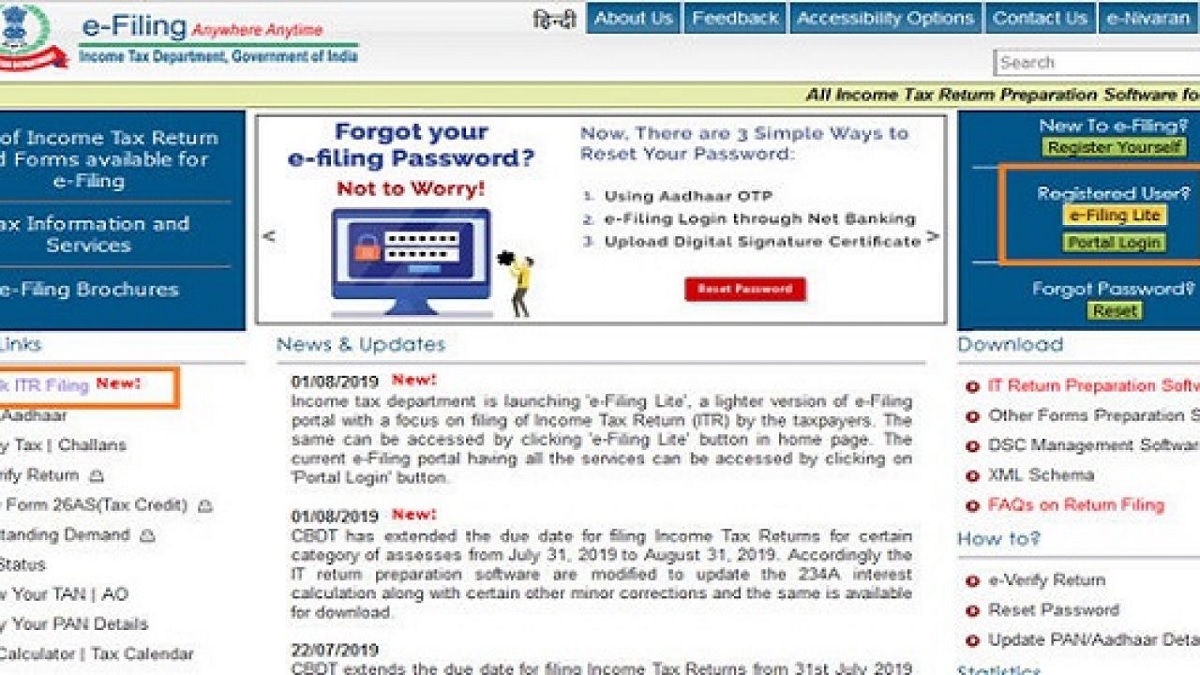


That’s a high bar for some people who may have significant health expenses, but not enough to meet the 7.5% adjusted gross income threshold.īut there's a big exception to this for the self-employed. If you are self-employed, you can deduct what you pay for medical insurance for yourself and your family-whether you itemize or not, and without regard to the 7.5% threshold. Also, the deduction for health insurance premiums is only available to the extent that your expenses exceed 7.5% of your adjusted gross income. That’s because you have to itemize deductions to get the health insurance premium tax break (and most taxpayers do not). You get to take advantage of this tax deduction every year you have a qualifying home office.Īlthough medical expenses are deductible, few taxpayers can deduct them. So, if you have a 300-square-foot home office (i.e., the maximum size allowed for this method), your home office deduction would be $1,500. But the IRS has a simplified method that allows taxpayers to deduct $5 for every square foot that qualifies for the home office deduction. Others might worry that claiming a deduction for their home office will trigger an audit. Many taxpayers who work from home skip the home office tax deduction. You can also write off part of your rent, or part of your mortgage, if you own your home. The key to the home office deduction is to use part of your home, or apartment, regularly and exclusively, for your moneymaking endeavor. But if you meet the requirements for a “qualifying home office,” you can deduct part of your utility bills and insurance costs, which can offset your business income. Whether you're fully self-employed, or whether you do freelance work in addition to your "regular" job, you may be able to claim a deduction for your home office. With the actual expenses method, you add up your car-related expenses for the year (e.g., gas, oil, tires, repairs, parking, tolls, insurance, registration, lease payments, depreciation, etc.), and multiply the total by the percentage of total miles driven that year for business reasons.įor example, if your total annual car-related expenses are $5,000, and twenty percent of your miles were for business, then your tax deduction for business use of your vehicle is $1,000 ($5,000 x. Just keep good records of the dates and miles you drive for work and keep in mind that driving for personal trips or errands is not considered business use of the vehicle. The IRS adjusted the standard mileage rate mid-year because of high gas prices. If you use the standard mileage rate, you can deduct 58.5¢ for every mile driven for business during the first six months of 2022, and 62.5¢ per mile for the second half of the year. You can use either the standard mileage rate, or your actual car expenses. There are two ways to calculate the business vehicle use deduction. Any self-employed person who makes deliveries, drives to a client's location, or otherwise uses a personal vehicle for work-related purposes, can claim the tax deduction for business use of a vehicle. If you drive your own car for business, there’s a business vehicle use tax deduction that isn't just for Uber or Lyft drivers. Tax Deduction for Business Use of a Vehicle


 0 kommentar(er)
0 kommentar(er)
